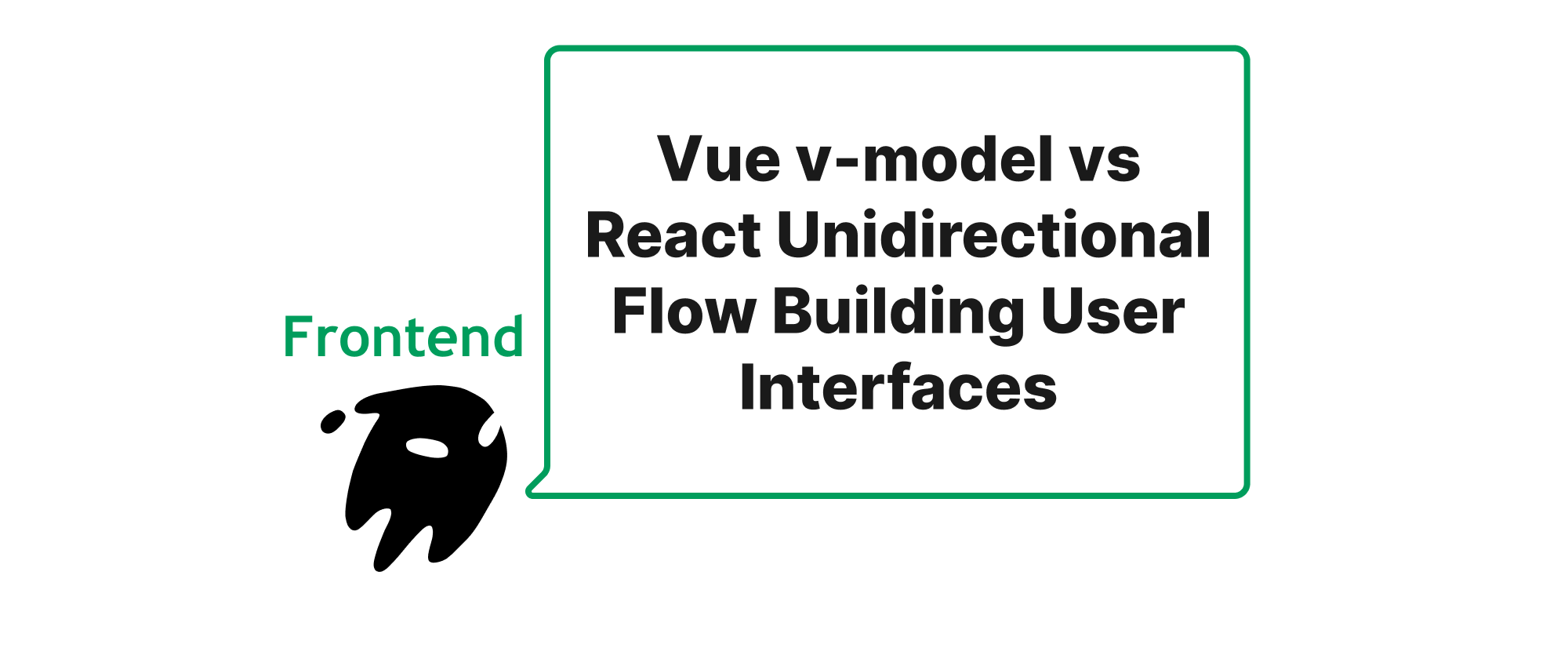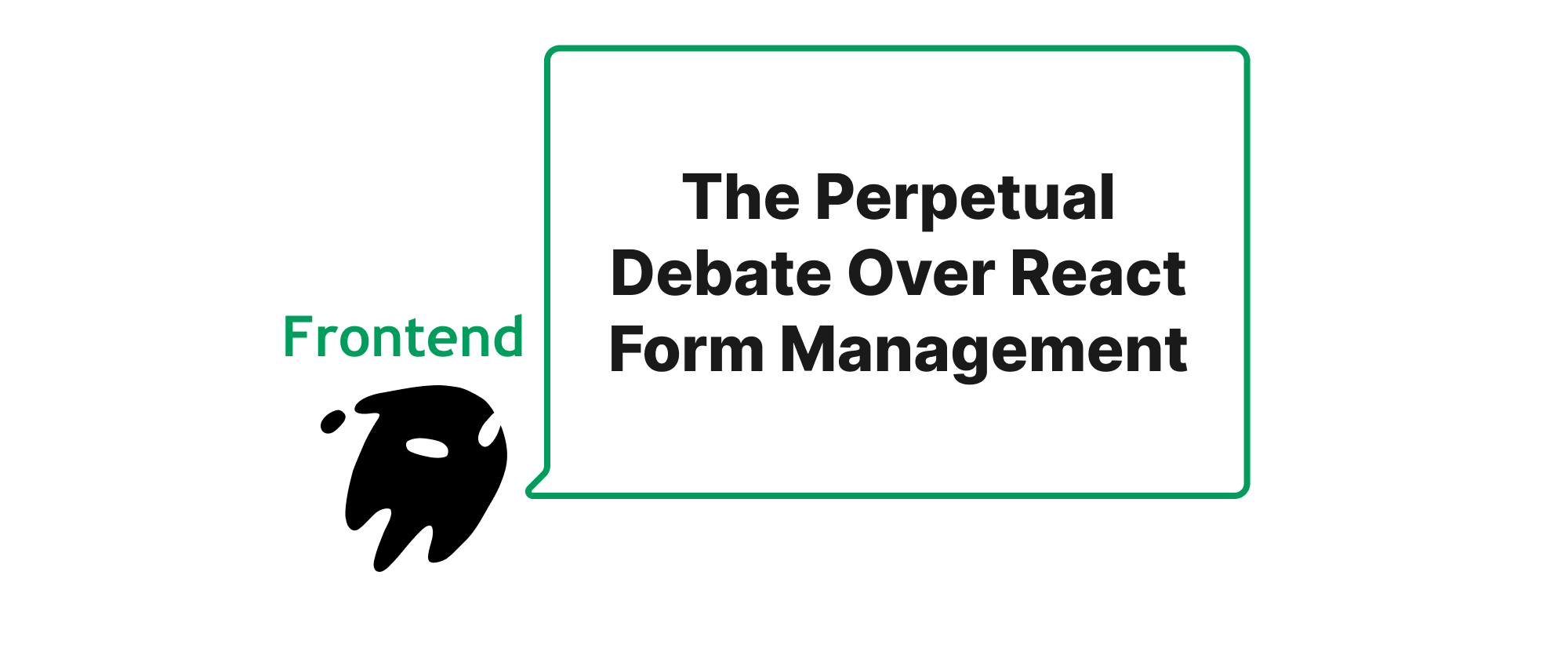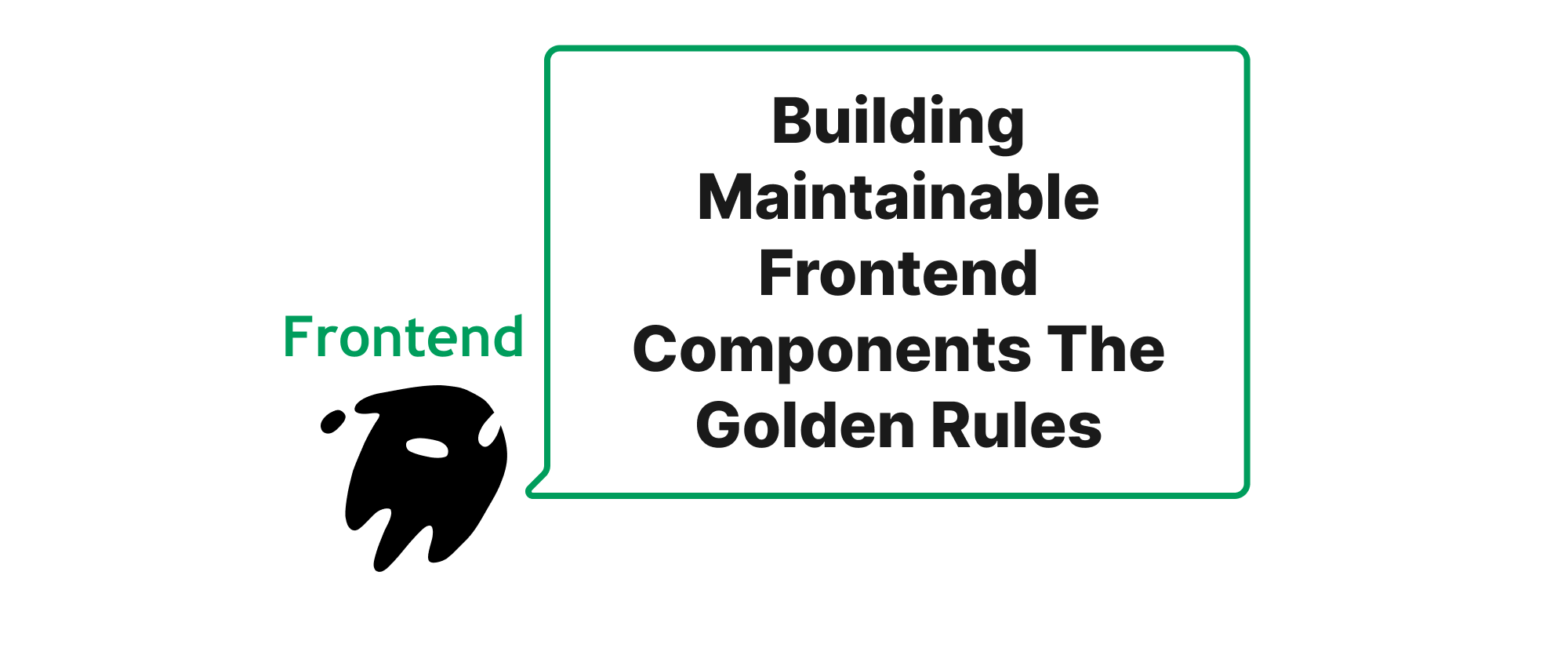Vue v-model vs React Unidirectional Flow Building User Interfaces
James Reed
Infrastructure Engineer · Leapcell

Introduction
In the ever-evolving landscape of front-end development, choosing the right framework is crucial for building maintainable and scalable applications. Among the most popular contenders, Vue.js and React offer distinct philosophies for handling user interface interactions and data management. At the heart of this difference lies their approach to data flow: Vue's v-model exemplifies two-way data binding, while React champions a unidirectional data flow. Understanding these contrasting paradigms isn't merely an academic exercise; it has profound implications for how developers write code, manage state, and debug applications. This article aims to unpack these philosophies, providing a practical comparison that sheds light on their respective strengths and weaknesses and guiding developers in making informed decisions for their projects.
Core Concepts in Data Binding
Before diving into the specifics of Vue's v-model and React's unidirectional flow, it's essential to define a few core concepts that underpin data management in front-end frameworks.
Data Binding: This refers to the synchronization between a component's data model and its view (the user interface). When data in the model changes, the view updates automatically, and vice-versa.
One-Way Data Binding: In this model, data flows in a single direction, typically from the parent component or state to the child component or view. Updates to the view do not automatically propagate back to the data source. Any changes initiated by the view must explicitly trigger an event or an action that then updates the data.
Two-Way Data Binding: This paradigm allows data to flow in both directions simultaneously. Changes in the data model automatically update the view, and changes in the view (e.g., user input in a form field) automatically update the data model. This creates a more direct and often seemingly simpler connection between data and UI.
State Management: This refers to the process of managing the various states an application can be in. As applications grow in complexity, effective state management becomes critical for maintaining a predictable and understandable data flow.
Vue's v-model Two-Way Data Binding
Vue's v-model directive is a prime example of two-way data binding. It simplifies the synchronization between form input elements and application state. Internally, v-model is syntactic sugar. For a standard <input type="text"> element, v-model is equivalent to binding its value attribute and listening for its input event.
Let's illustrate with an example:
<template> <div> <input v-model="message" placeholder="Type something..."> <p>Message: {{ message }}</p> </div> </template> <script> export default { data() { return { message: 'Hello Vue!' }; } }; </script>
In this example, if the user types into the input field, the message data property in the component's data will instantly update. Conversely, if the message property is programmatically changed, the input field's value will reflect that change. This direct synchronization makes handling forms and interactive elements incredibly concise.
The underlying mechanism for v-model on custom components is slightly different. It defaults to using a modelValue prop and an update:modelValue event.
<!-- MyInput.vue --> <template> <input :value="modelValue" @input="$emit('update:modelValue', $event.target.value)" > </template> <script> export default { props: ['modelValue'] }; </script>
<!-- ParentComponent.vue --> <template> <MyInput v-model="parentMessage" /> <p>Parent Message: {{ parentMessage }}</p> </template> <script> import MyInput from './MyInput.vue'; export default { components: { MyInput }, data() { return { parentMessage: '' }; } }; </script>
Here, v-model on MyInput is shorthand for :modelValue="parentMessage" and @update:modelValue="newValue => parentMessage = newValue". This illustrates that even though v-model appears as two-way binding, it's expertly built on a one-way prop-down and event-up pattern, providing a clean abstraction for common use cases. While it offers convenience, some developers argue it can mask the flow of data, potentially leading to harder-to-trace bugs in complex scenarios where multiple components modify shared state through v-model on nested items.
React's Unidirectional Data Flow
React, on the other hand, strictly adheres to a unidirectional data flow, often referred to as "one-way data binding" or "data flows down, actions flow up." This means that data is passed from parent components to child components via props. Child components can display this data but cannot directly modify it. If a child component needs to trigger a change in its parent's state, it does so by calling a function (passed as a prop from the parent) that updates the parent's state.
Consider the React equivalent of the previous example:
// MyInput.jsx import React from 'react'; function MyInput({ value, onChange }) { return ( <input type="text" value={value} onChange={onChange} placeholder="Type something..." /> ); } export default MyInput;
// ParentComponent.jsx import React, { useState } from 'react'; import MyInput from './MyInput'; function ParentComponent() { const [message, setMessage] = useState('Hello React!'); const handleChange = (event) => { setMessage(event.target.value); }; return ( <div> <MyInput value={message} onChange={handleChange} /> <p>Message: {message}</p> </div> ); } export default ParentComponent;
In this React example, the ParentComponent manages the message state. It passes the message as a value prop to MyInput. When the user types into the input, the onChange event fires, which calls the handleChange function passed down from the parent. This function then updates the message state in the ParentComponent. The change in the parent's state re-renders ParentComponent (and consequently MyInput with the new value), completing the cycle.
This explicit propagation of data and events makes the data flow very transparent. You can always trace where data comes from and where changes are being initiated. This predictability is a significant advantage, especially in large applications with complex state interactions, as it simplifies debugging and understanding how different parts of the application interact. However, it can also lead to more verbose code for simple two-way interactions, requiring developers to manually set up handlers for every input field.
Philosophical Contrast and Use Cases
The core philosophical difference boils down to explicitness vs. conciseness.
Vue's v-model prioritizes developer convenience and concise syntax, especially for ubiquitous tasks like form handling. It abstracts away the underlying event listening and state updating, allowing developers to focus on the business logic rather than the plumbing. This makes Vue particularly appealing for rapid prototyping and smaller to medium-sized applications where the benefits of direct synchronization outweigh potential complexities.
React's unidirectional flow prioritizes predictability and maintainability through explicit control over data changes. Every state modification is clearly initiated by an action, making it easier to reason about the application's behavior and to trace the source of bugs. This approach scales exceptionally well for large, complex applications with intricate state dependencies, where state management libraries like Redux or Zustand naturally fit within this paradigm, providing a single source of truth for the application state. While it might seem more verbose initially, the clarity of data flow often pays dividends in the long run.
For instance, consider a scenario where multiple input fields depend on and affect each other's values. In Vue with v-model, it might initially seem simpler to just bind them all. However, if unintended side effects occur, tracing which v-model is causing the issue might be less straightforward. In React, each input would have its onChange handler, and any interdependencies would be explicitly handled within the parent component's state update logic, making the flow of control and data patently clear.
Conclusion
Both Vue's v-model and React's unidirectional data flow are powerful mechanisms for building dynamic UIs, each stemming from a different philosophical approach to data management. Vue offers a more concise and convenient syntax for common form interactions through two-way binding, while React emphasizes explicit, predictable data flow for enhanced maintainability and easier debugging in complex applications. The choice between them often depends on project size, team preference, and the need for either rapid development conciseness or long-term structural clarity. Ultimately, both paradigms aim to help developers build robust and efficient front-end applications, with Vue trading some explicitness for convenience, and React prioritizing explicit control for scalability.


